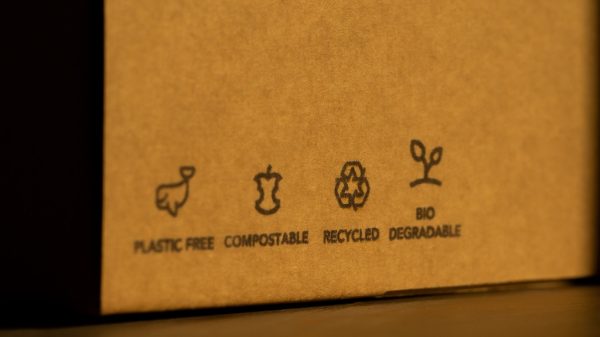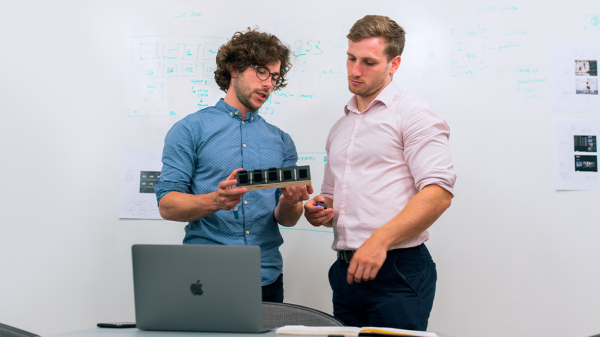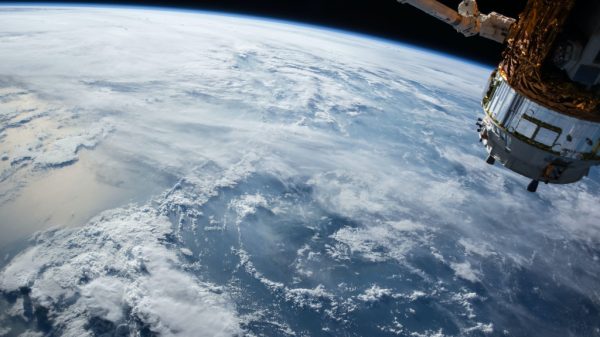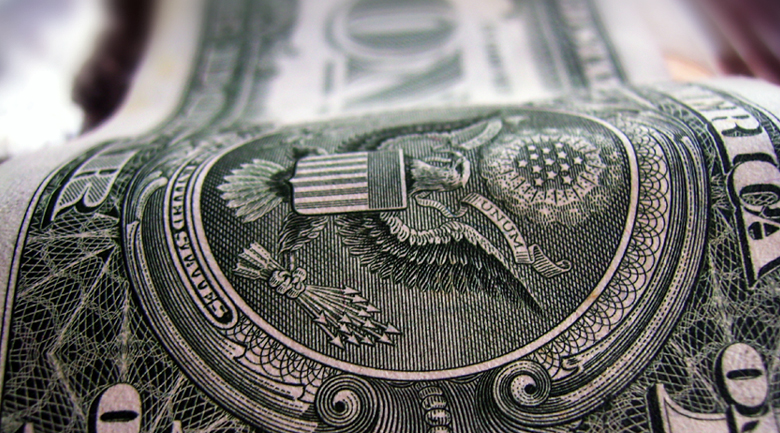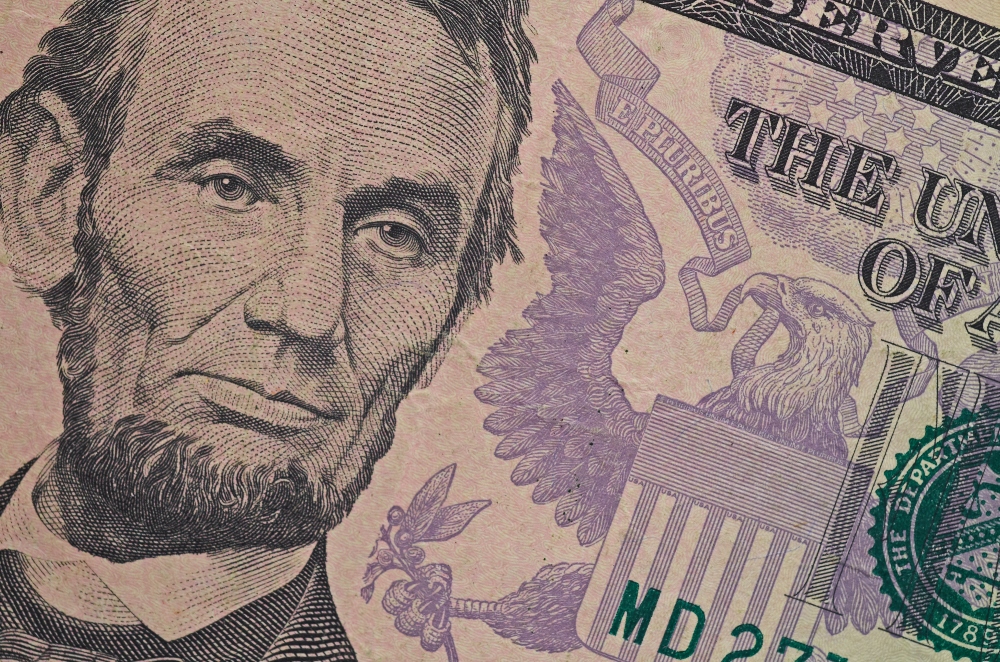With the political and social climate that we are all trying to survive this summer, there only seems to be a few things that bring us a light of hope. For some it’s the little gestures that keeps the smiles on our faces; little helping hands that keep us going from day to day. But thanks to some forethought in our government system, there are some rather large helping hands coming down from the top as well. The organization that sends people to the moon is also making some dreams come true here on Earth.
NASA has just announced their latest batch of small business grants. Grants that amount to a total of approximately $51 million. This money is being sent out at the most crucial early-stage of small business funding. Over 300 businesses are receiving up to $125,000 to develop and bring new technologies to the world.
This grant system has been in place nearly as long as NASA itself. The Small Business Innovation Research/Technology transfer program is designed to bring in entrepreneurs and inventors’ ideas, and combine them with NASA’s assets to bring their dreams to fruition, bringing something from the lab to the marketplace.
It is set up into a three-phase system. According to The Small Business Innovation Research (SBIR) and Small Business Technology Transfer (STTR), the first phase, Idea Generation, provides grantees with up to $125,000 for a 6 – 12 month period to “establish the technical merit, feasibility, and commercial potential of the proposed R/R&D efforts and to determine the quality of performance of the small business awardee organization prior to providing further Federal support in Phase II”. If they succeed, they may be eligible to move onto Phase II, where they will be awarded a new grant of $750,000 for 2 years to continue the R&D efforts and start on a Prototype Development. Phase III is called the Infusion/Commercialization stage and it is the culmination of years of work and grant access for these businesses. This also includes a few extra requirements like matching funding for things like marketing.
Over the years, the selection has covered numerous disciplines with an extraordinary range of industries. Some of the highlights this year are high-power solar arrays, a smart air traffic control system for urban use, a water purification system for use on the moon, and improved lithium-ion batteries. These are just a few of the many innovative projects. The list covers a huge assortment, but a few people have noted the number of neuromorphic computing efforts as well.
This list is updated periodically throughout the year as each deadline is met from previous grant holders. It’s a constantly updating assortment of tomorrow’s toys, and a great way to look toward the future.
Robert Raney is a geoscientist whose been writing and painting for years to get his creative fix in. While working on his thesis in theoretical planetary physics he was also creating fantastical worlds on paper for fun. He's an at home Texan Houstonite who currently works slinging drinks at a local LGBTQ+ bar in the gayborhood, when not fielding oil & gas jobs that have taken him around the world.




